Orpheus was given his lyre by the god Apollo and it was the Muses that taught him how to play. His gift for music enchanted all living things: wild beasts, trees and even stones. After his journeys with the Argonauts, Orpheus married his love Eurydice. When Eurydice died from a snake bite, grief-stricken Orpheus felt compelled to follow her into the underworld. Using his lyre to charm Pluto and Proserpina, Pluto granted Orpheus his wish to return Eurydice to the land of the living. Orpheus was allowed to lead Eurydice back on the condition that he must not look back at his bride until they have left the underworld. Sadly, Orpheus could not help but give in and once he turned back to make certain she was there, Eurydice was pulled back into the underworld forever.
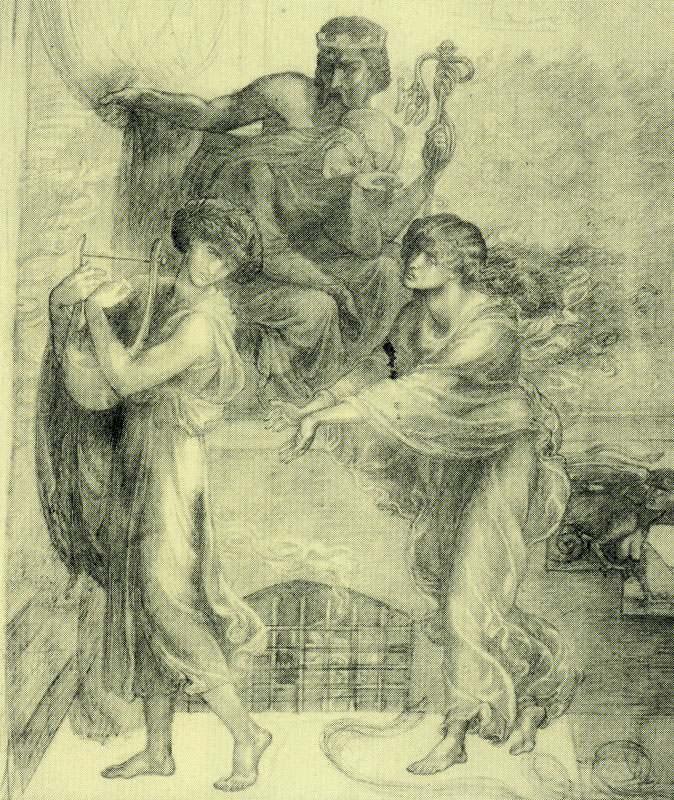
Rossetti’s sketch of Orpheus and Eurydice shows Orpheus after he has played his lyre for Pluto and Proserpina. Pluto is seen drawing back the curtain for their exit. The face of Eurydice is obviously inspired by Jane Morris, who Rossetti also famously painted as Proserpine.
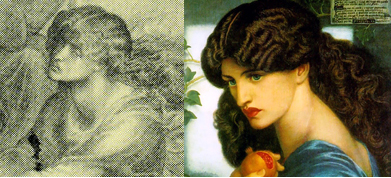
G.F. Watts depicted Orpheus and Eurydice at the moment of their separation. Just as they are on the verge of being free from the underworld, Orpheus gives in to doubt. He turns and their fate is sealed. Eurydice is instantly sucked back in.
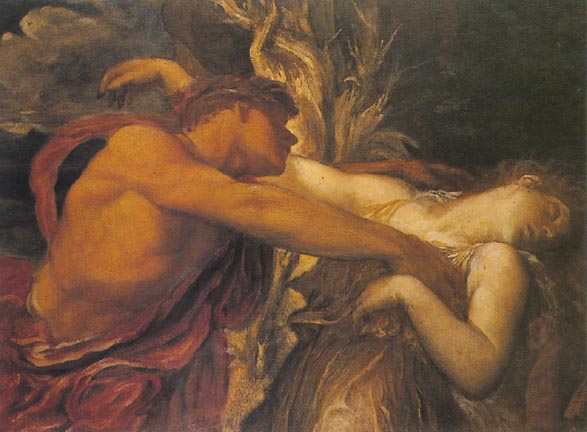
John Roddam Spencer Stanhope shows the couple as they continue their journey through the underworld in Orpheus and Eurydice on the Banks of the Styx.
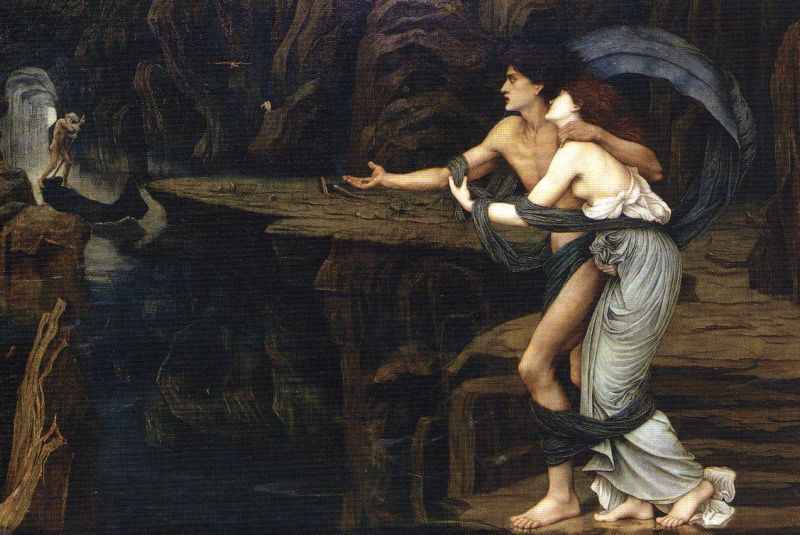
For me, the story of Orpheus and Eurydice is a message of trust. How often do we give in to our doubts and second guess ourselves? Orpheus didn’t trust that his bride was behind him and when he made that fateful turn he not only let himself down, but Eurydice as well. As hard as it is, sometimes we have to challenge ourselves to let go of the outcome and just trust.
Orpheus left the underworld without his Eurydice. Later in his life he shunned all gods except Apollo, which angered the Thracian Maenads and led to his murder. John William Waterhouse depicts Orpheus’ floating, decapitated head that still had the supernatural ability to sing after death.
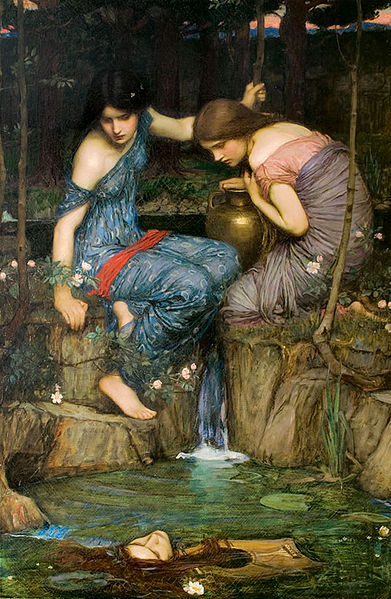
I’ve posted about Waterhouse’s painting before. Here’s a snippet:
Yes, Pre-Raphaelite art has a bevy of languorous women. I happen to like them. But even with the damsels and flowing hair, Pre-Raphaelite art does not shy away from deeper meanings. Allegory abounds. Rich in symbolism, the Pre-Raphaelites tackle what to them were heavy and important subjects, often using myth and literature as metaphors. They could incorporate the ugly and the horrific. They just did it beautifully.

Thanks very interesting post
Ah, a sad story! It’s interesting how often the idea of the dangers of looking back come up. There is of course the Biblical story of Lot’s wife who turned into a pillar of salt when she looked back at Sodom. Just recently, I was watching the highly entertaining (if not true to the original stories!) BBC series, Merlin, and there is an episode where Arthur visits the dead Uther, but looks back as he leaves. This has the effect of bringing Uther’s spirit back into our world with bad consequences – sounds like they may have got the idea from the story of Orpheus.
Beautiful!